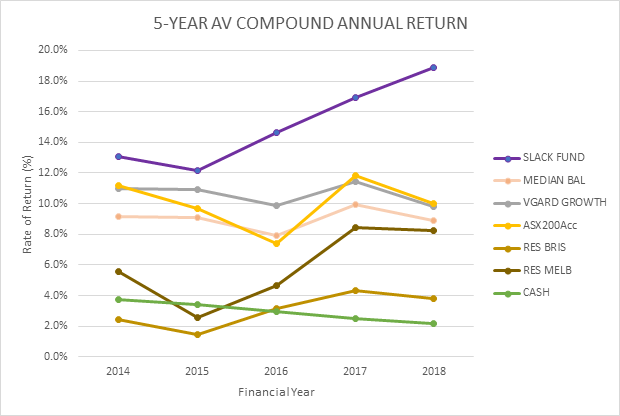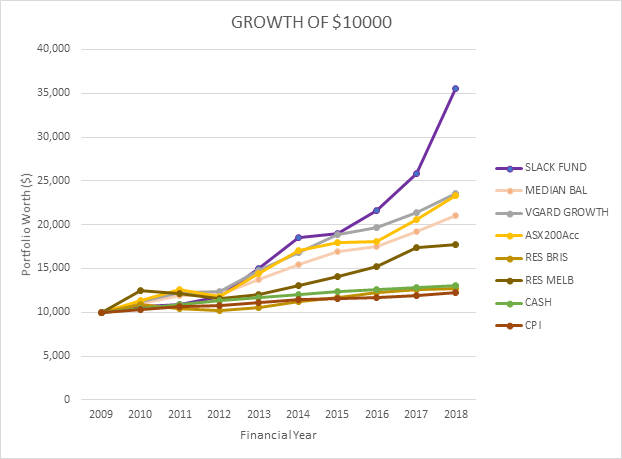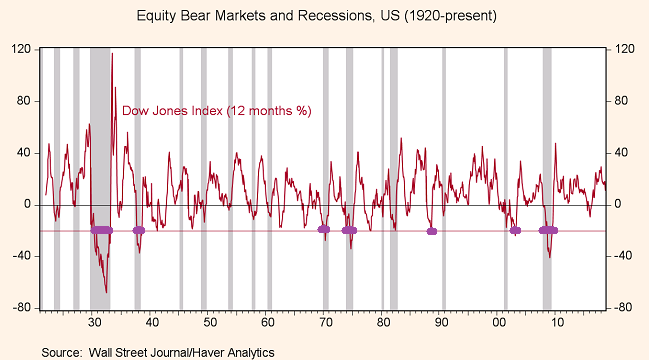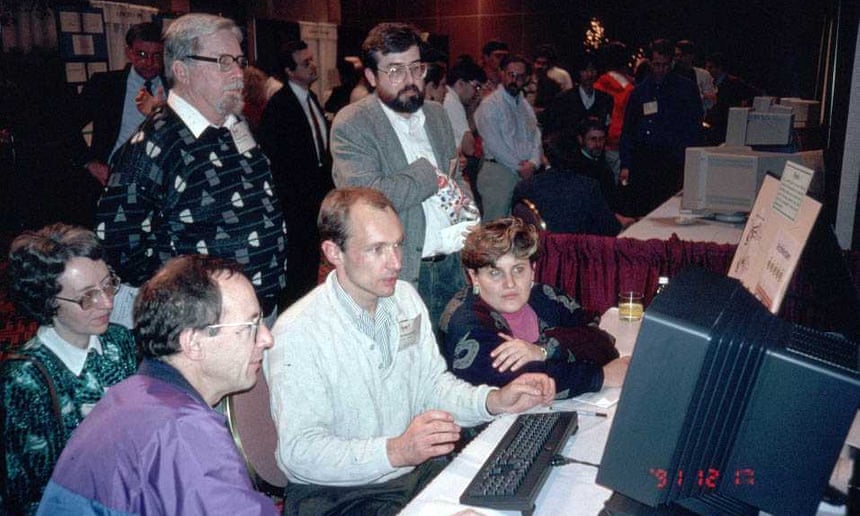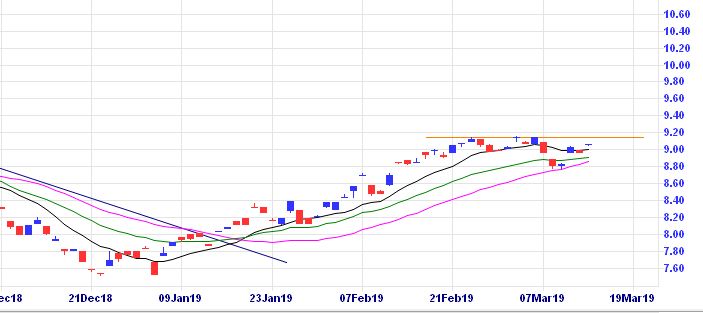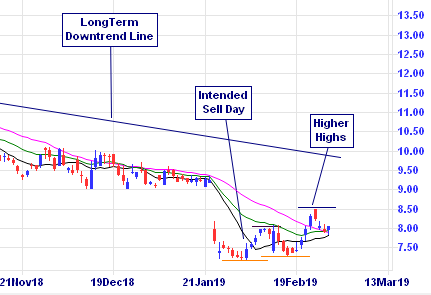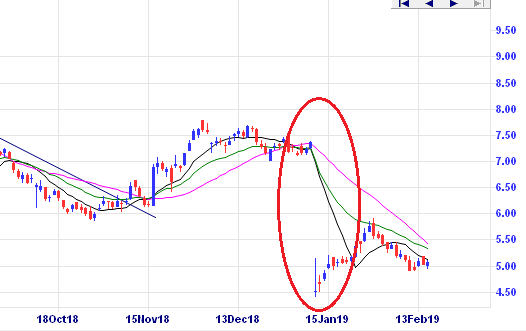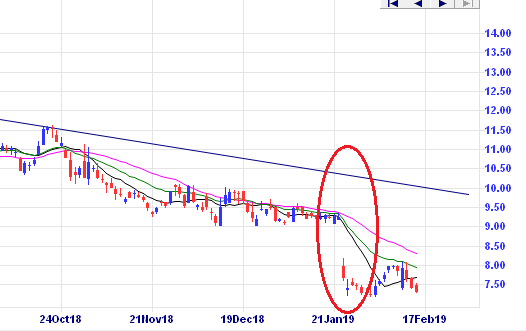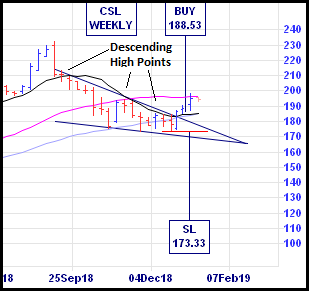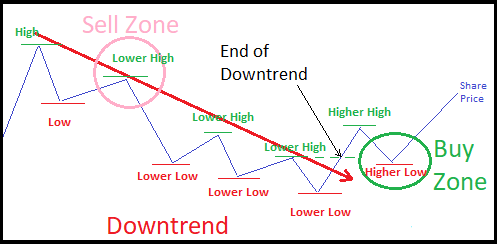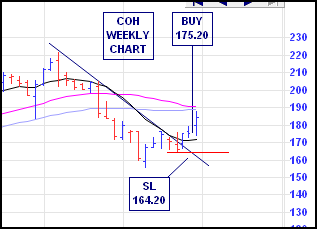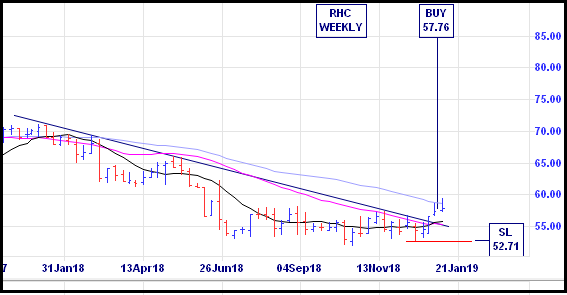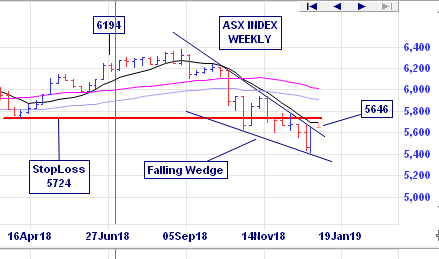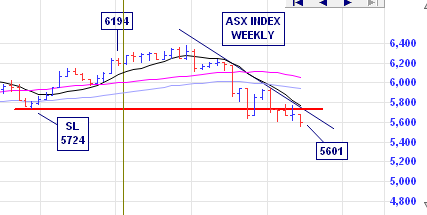 Slack Investor remains IN for Australian index shares, the US Index S&P 500 and the FTSE 100. Bumper times this month.
Slack Investor remains IN for Australian index shares, the US Index S&P 500 and the FTSE 100. Bumper times this month.
There were rises in all Slack Investor followed markets (ASX200 +2.9%; FTSE100 +1.3%; S&P500 +3.9%). All Index pages and charts have been updated to reflect the monthly changes – (ASX Index, UK Index, US Index).
Concessional Contributions – Lets Get Concessional!

If you are just starting your savings program or getting your house deposit together, then this is another higher order issue to leave alone. If you have got the basics organized and have a good chunk of equity in your house, and looking to boost your super in a tax-effective way – then tune in to this super boost before the end of tax year.
Concessional contributions include your employer’s compulsory super guarantee contribution of 9.5% and any salary sacrifice contributions that you make. They are called “concessional” contributions because they go into your super account from your before-tax income and are taxed at the “concessional” rate of 15% rather than your “marginal” rate. You are not allowed to exceed the $25,000 cap on concessional contributions, so it is important to get your sums right.
For a gross salary of $90,000, your employer pays the 9.5% super guarantee of $8,550 to your nominated super fund. That means you have up to $16,450 ($25,000 -$8,550) left on your cap to concessionally contribute to super before June 30 – to save on tax and boost super.
Salaried workers can concessionally contribute by using salary sacrifice, but this involves prior employer agreement and using a salary packaging company to do the administration. Some of the contribution rules have relaxed since July 2017 and you can now contribute by Personal Contribution. There are pros and cons of each contribution method, but as personal contributions don’t need the agreement of a third-party, I find this much easier to do.
You will have to let your super fund know that you are claiming a tax deduction for this contribution. Use a standard ATO personal contribution form or, it is simpler with some super funds where an online application is all that is needed. You must get your contribution to land in your super fund before the June 30 deadline.
Benefits of salary sacrifice and additional concessional contributions
If your marginal tax rate is higher than 15%, making extra super contributions can reduce your tax. For the $90,000 a year example, your marginal tax rate is 32.5% + Medicare levy. Concessional super is taxed at just 15%. If your marginal tax is higher, you can save more. Industry super has a calculator where you can enter your own figures. For the case above, a 45-year-old will have a tax saving of $3222 this year and an extra $405,000 at retirement by maximizing concessional contribution.
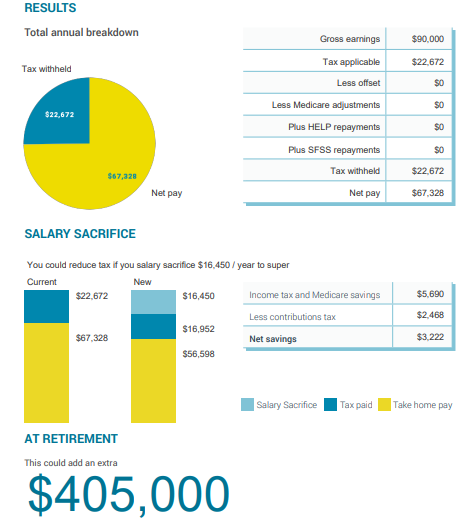
Let’s get concessional, concessional,
Many apologies to Olivia Newton John … for real inspiration, check out the Olivia on youtube
I want to get concessional,
Let’s get into concessional,
Let me hear your body talk, your body talk …


